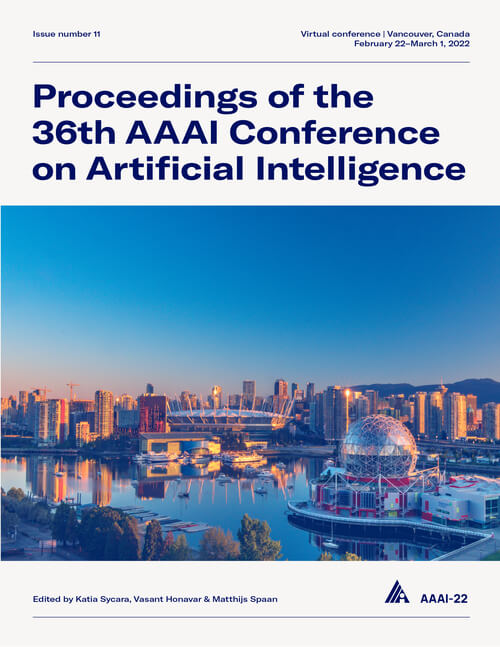Learning by Competition of Self-Interested Reinforcement Learning Agents
DOI:
https://doi.org/10.1609/aaai.v36i6.20589Keywords:
Machine Learning (ML), Multiagent Systems (MAS), Game Theory And Economic Paradigms (GTEP), Cognitive Modeling & Cognitive Systems (CMS)Abstract
An artificial neural network can be trained by uniformly broadcasting a reward signal to units that implement a REINFORCE learning rule. Though this presents a biologically plausible alternative to backpropagation in training a network, the high variance associated with it renders it impractical to train deep networks. The high variance arises from the inefficient structural credit assignment since a single reward signal is used to evaluate the collective action of all units. To facilitate structural credit assignment, we propose replacing the reward signal to hidden units with the change in the L2 norm of the unit's outgoing weight. As such, each hidden unit in the network is trying to maximize the norm of its outgoing weight instead of the global reward, and thus we call this learning method Weight Maximization. We prove that Weight Maximization is approximately following the gradient of rewards in expectation. In contrast to backpropagation, Weight Maximization can be used to train both continuous-valued and discrete-valued units. Moreover, Weight Maximization solves several major issues of backpropagation relating to biological plausibility. Our experiments show that a network trained with Weight Maximization can learn significantly faster than REINFORCE and slightly slower than backpropagation. Weight Maximization illustrates an example of cooperative behavior automatically arising from a population of self-interested agents in a competitive game without any central coordination.Downloads
Published
2022-06-28
How to Cite
Chung, S. (2022). Learning by Competition of Self-Interested Reinforcement Learning Agents. Proceedings of the AAAI Conference on Artificial Intelligence, 36(6), 6384-6393. https://doi.org/10.1609/aaai.v36i6.20589
Issue
Section
AAAI Technical Track on Machine Learning I

